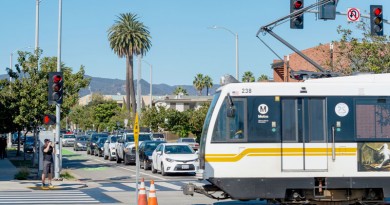Two Years Later, Infrastructure Law Is Having an Impact
In August 2021, we strongly advocated for Congress to approve President Joe Biden’s Bipartisan Infrastructure Law (BIL). Despite garnering support from unexpected allies such as the AFL-CIO and the National Association of Manufacturers, its passage was far from easy.
According to Assembly, state and local capital investment—a major component of U.S. infrastructure spending—has grown as a share of state and local spending over the past two years by the largest amount since 1979, according to Eric Van Nostrand, assistant secretary for economic policy at the Treasury Department. Even though infrastructure investment typically falls as a share of the economy at the beginning of economic recoveries, the United States has bucked that trend during this recovery.
Since most federal infrastructure funding flows through state and local governments, one way to gauge overall infrastructure spending is to consider state and local gross investment in equipment and structures. In the 1970s and early 1980s, funding devoted to capital investment fell sharply before stagnating and drifting downwards over the decades that followed, says Van Nostrand. During the COVID-19 pandemic, state and local capital investment fell in lockstep with broader economic output.
But during the first year of the recovery, that investment did not keep pace with the sharp rebound in economic activity and fell sharply as a share of the economy. Since the BIL passed, though, state and local capital investment has rebounded and returned to pre-pandemic levels. The two-year increase in state and local capital investment as a share of state and local spending—1.6 percentage points—is the largest since 1979.


